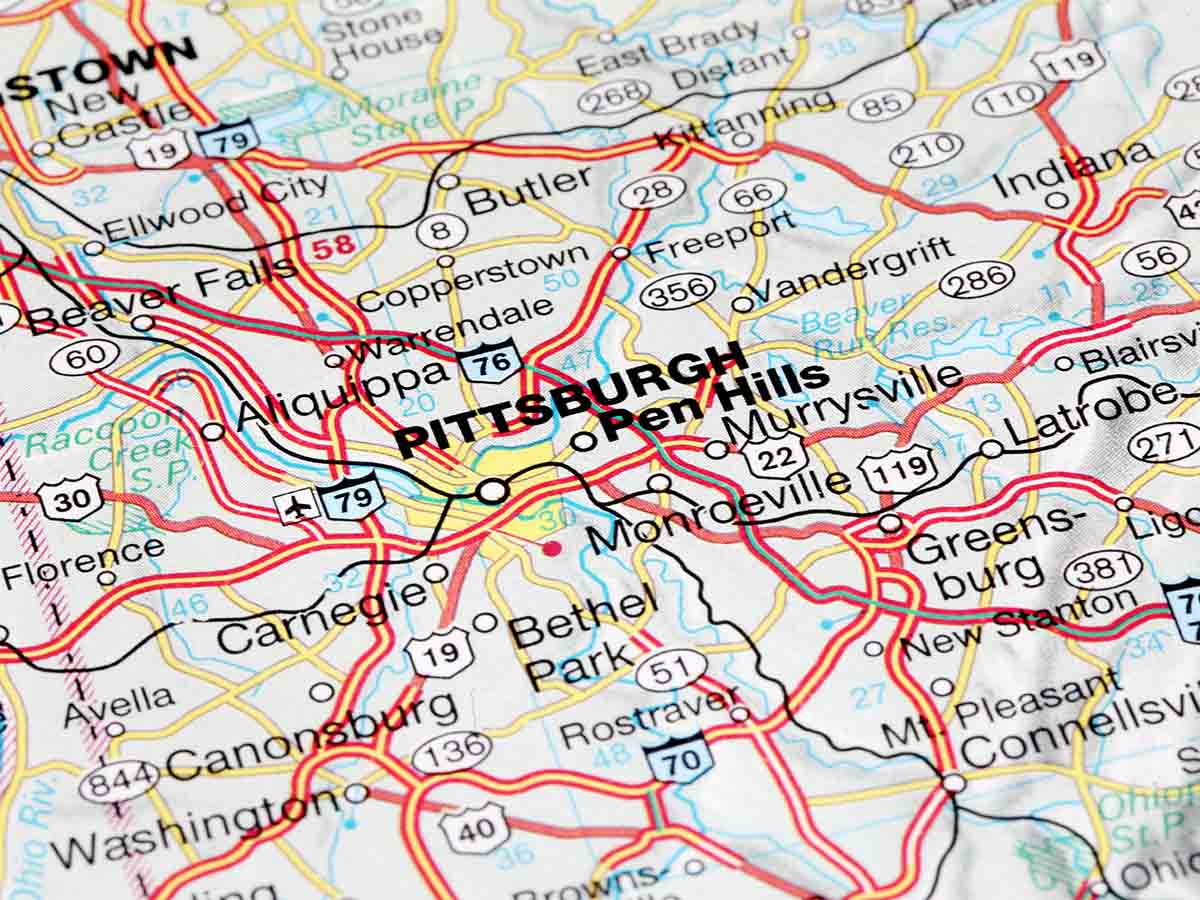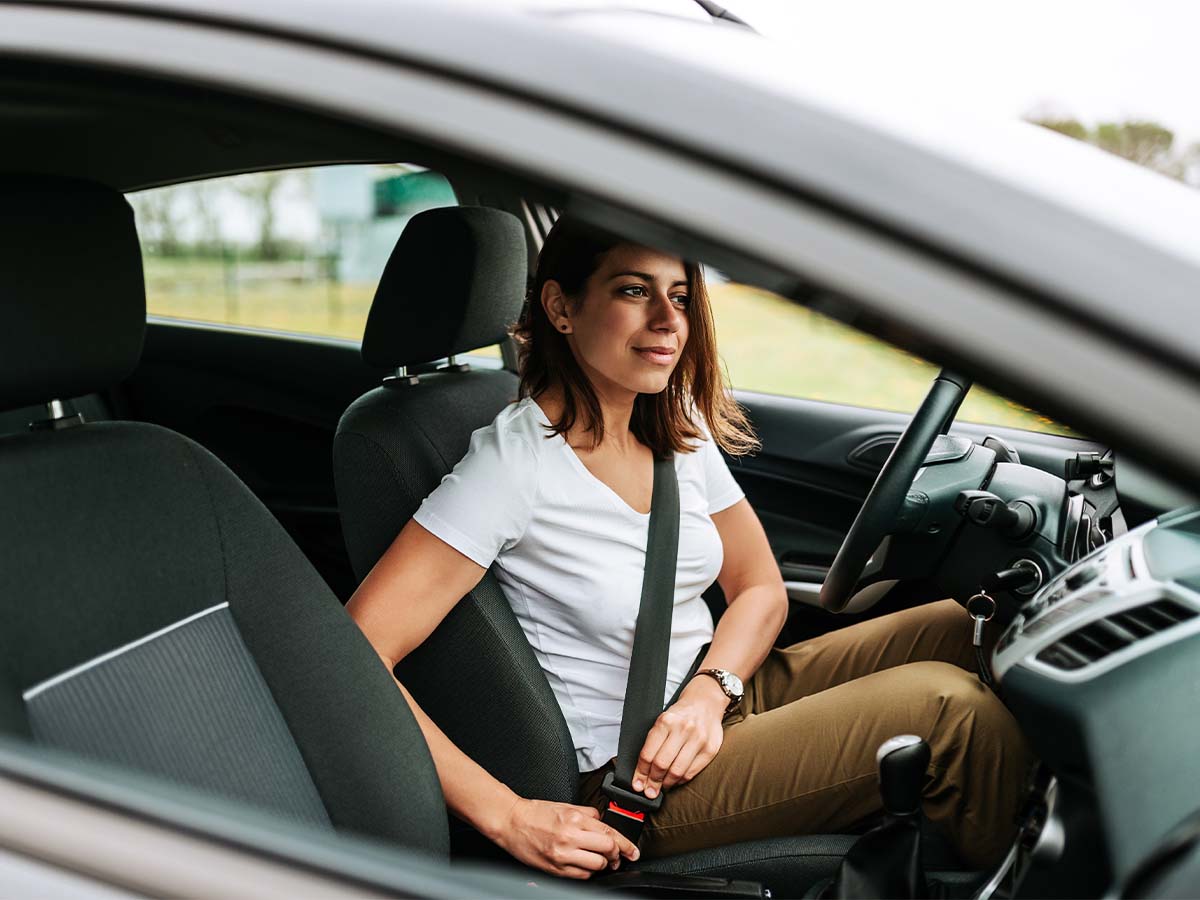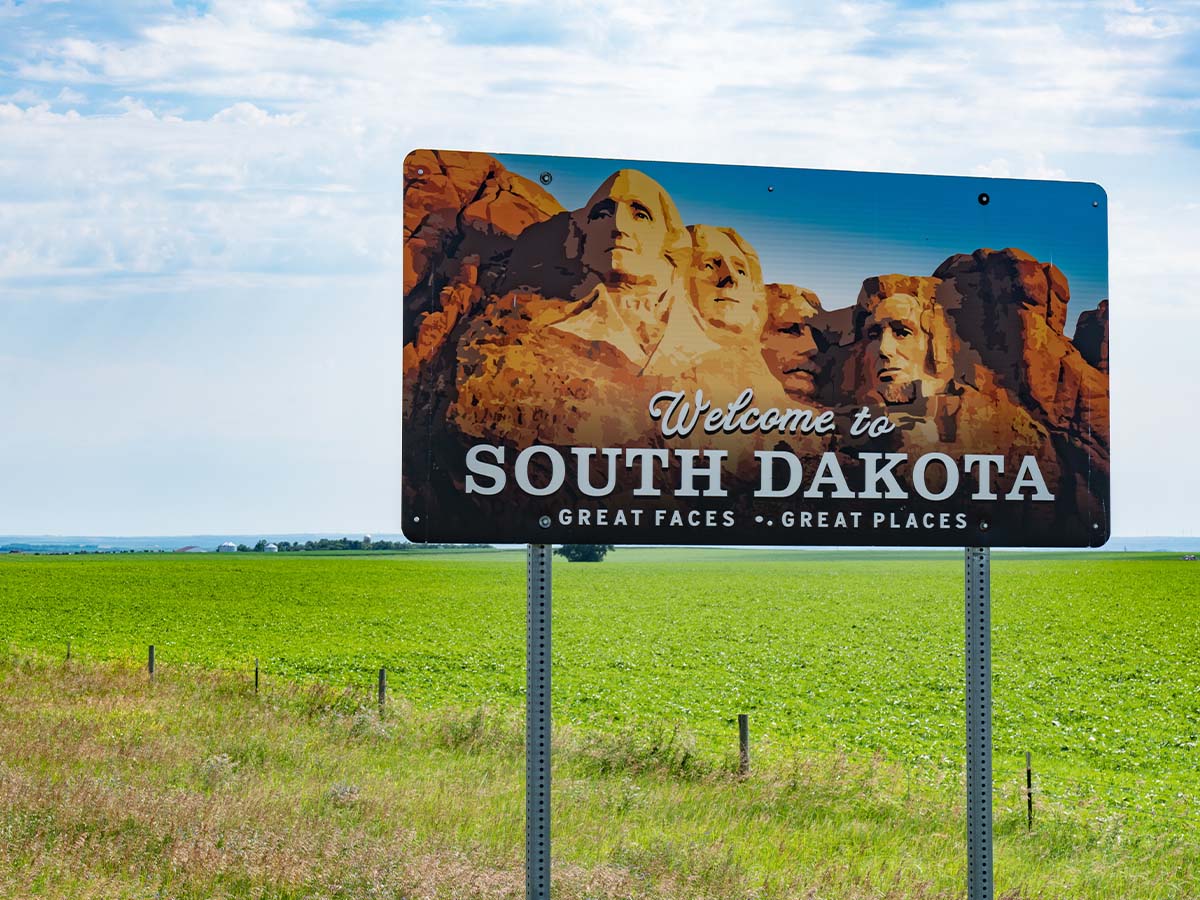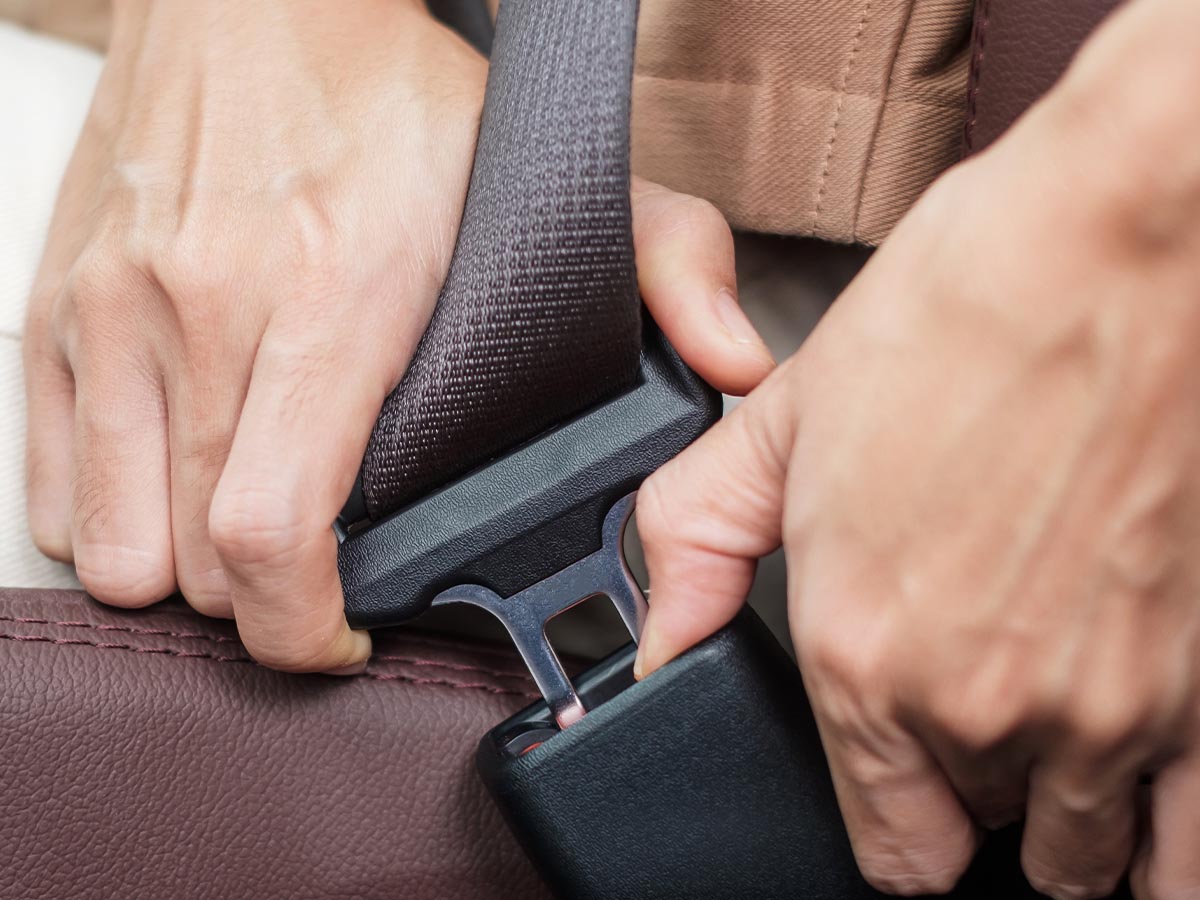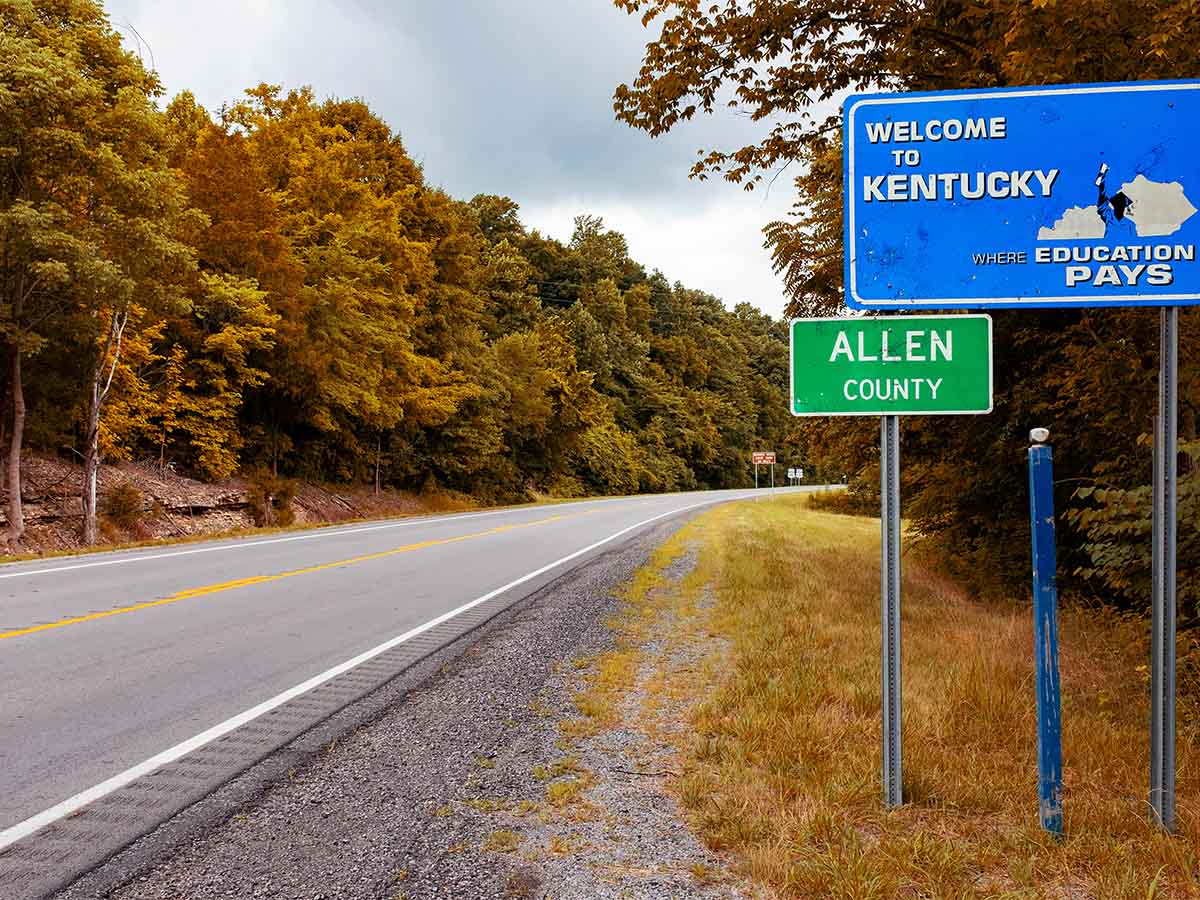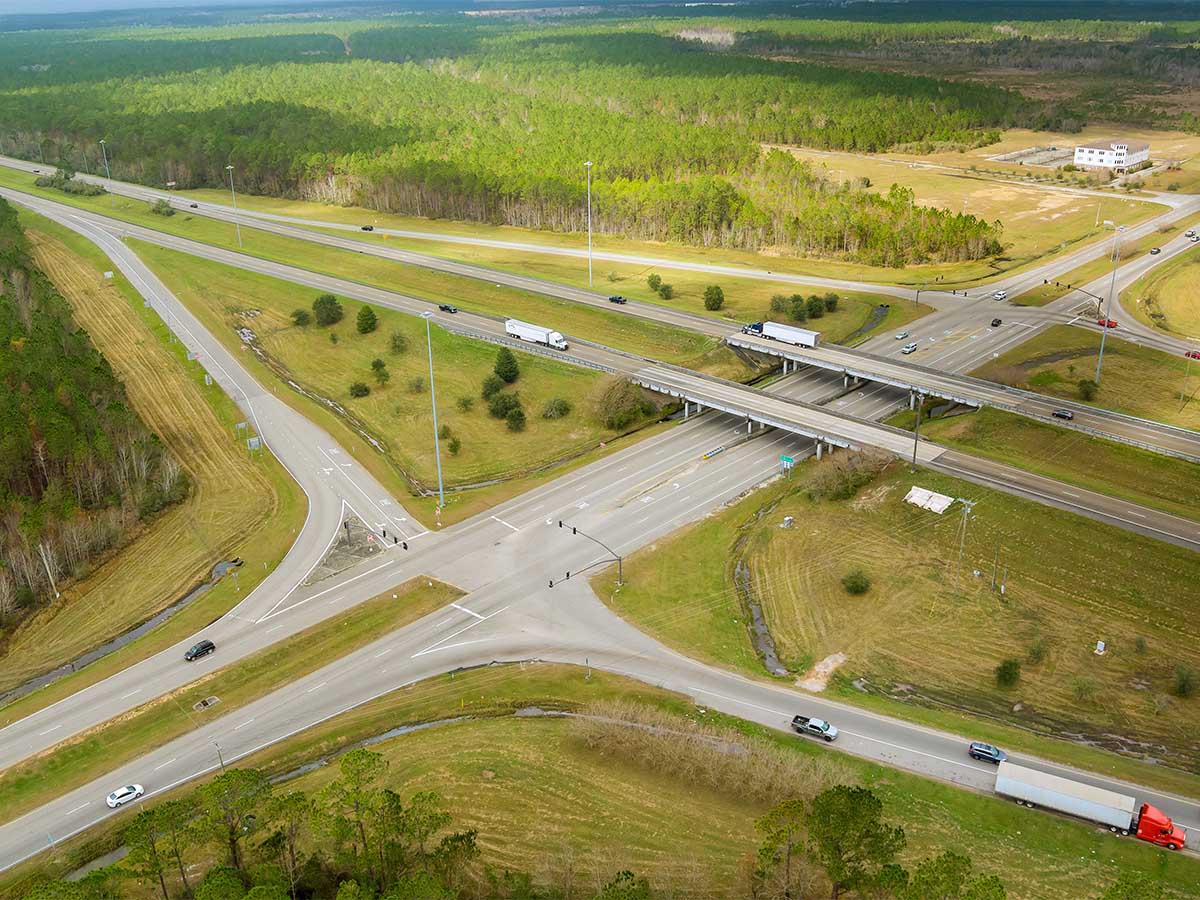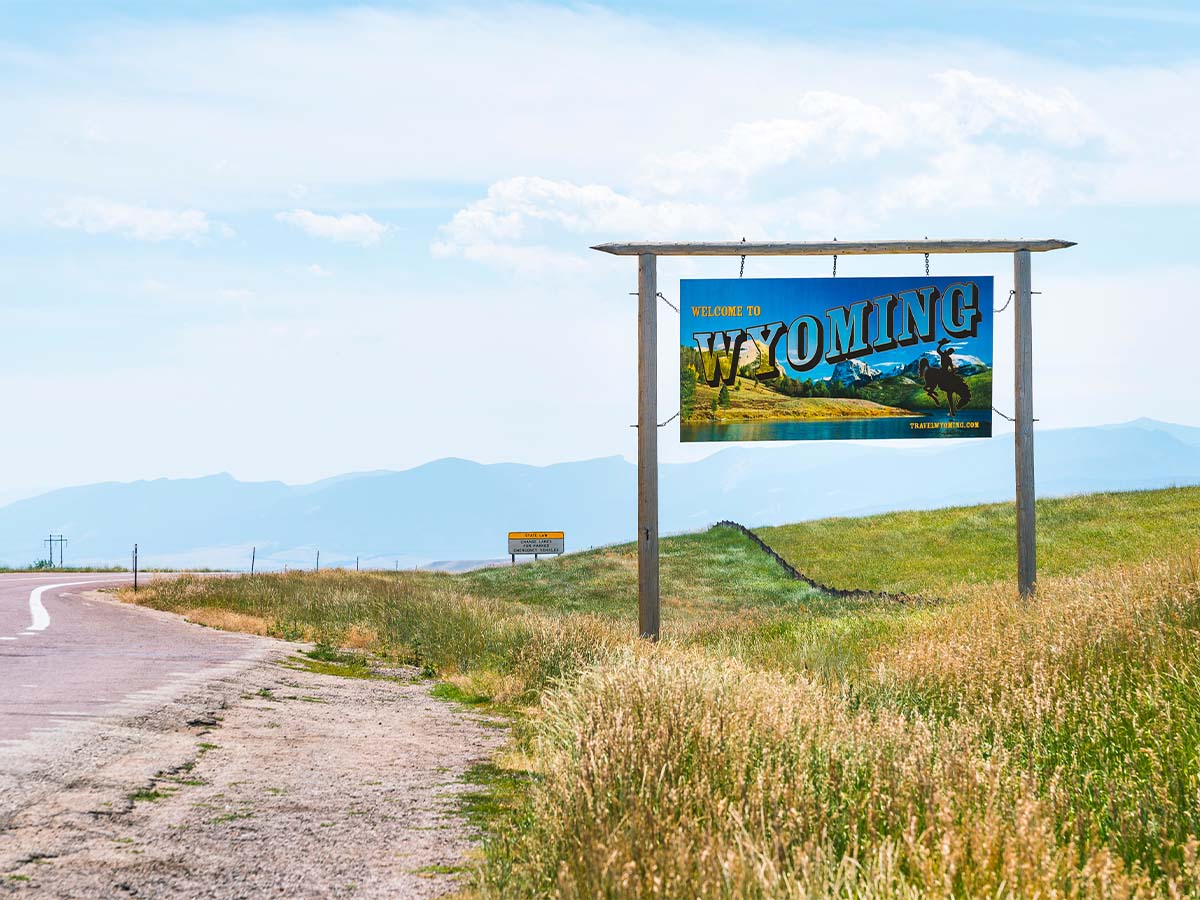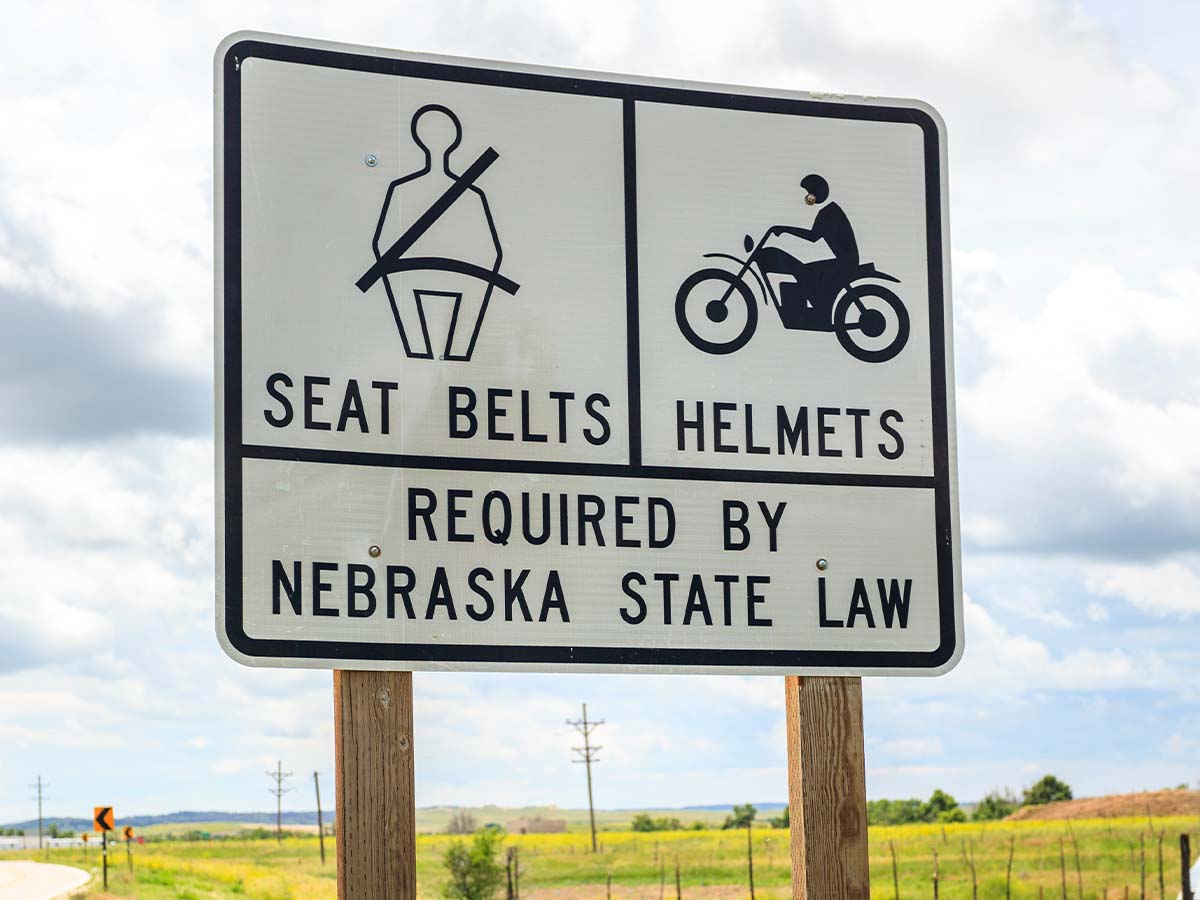Vermont
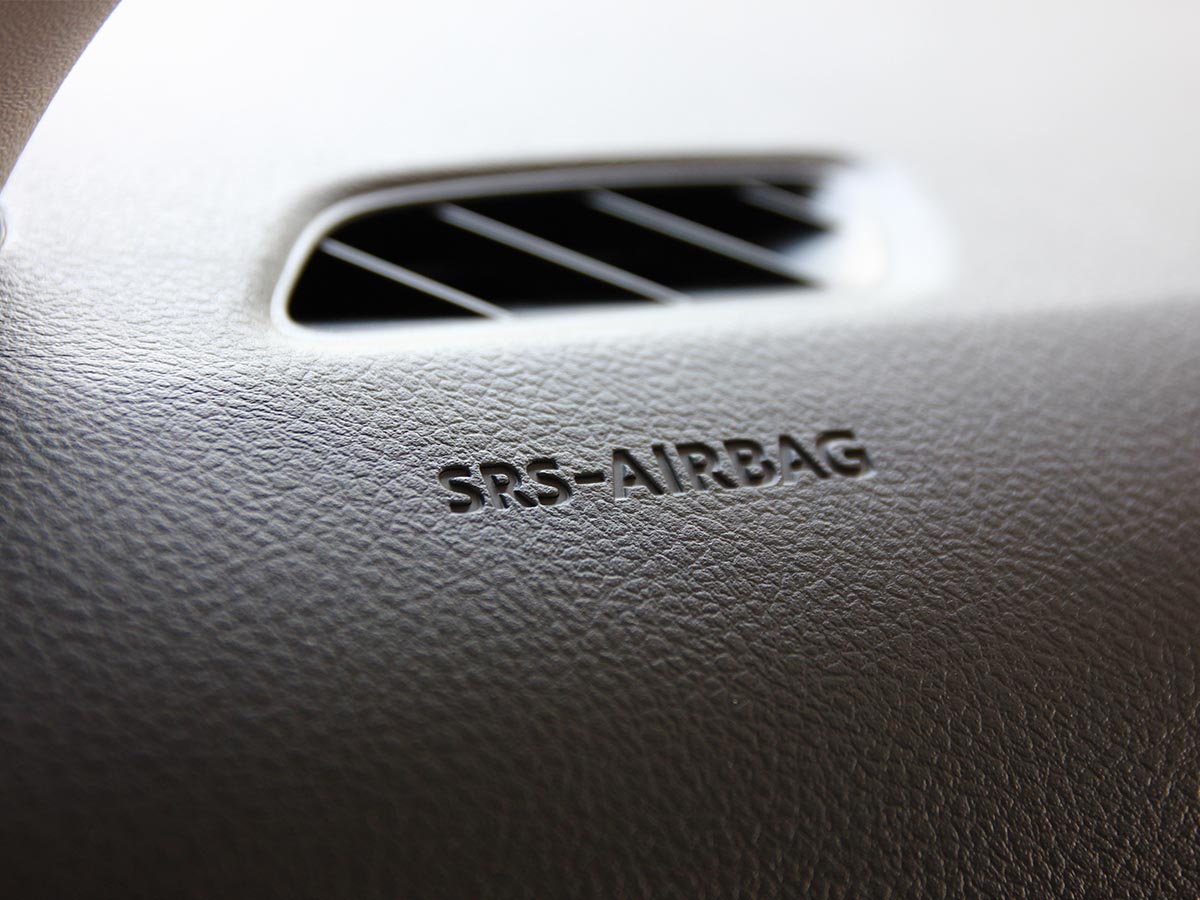
Despite Vermont's relatively high seatbelt usage rate of 90.4%, it stands on the lower end of the nation, just missing the top 25. Notably, even in a state with commendable compliance, there remains room for improvement.
Vermont reported a concerning 47% of total fatalities in 2019, where individuals were unrestrained.
Pennsylvania
New Mexico
Georgia
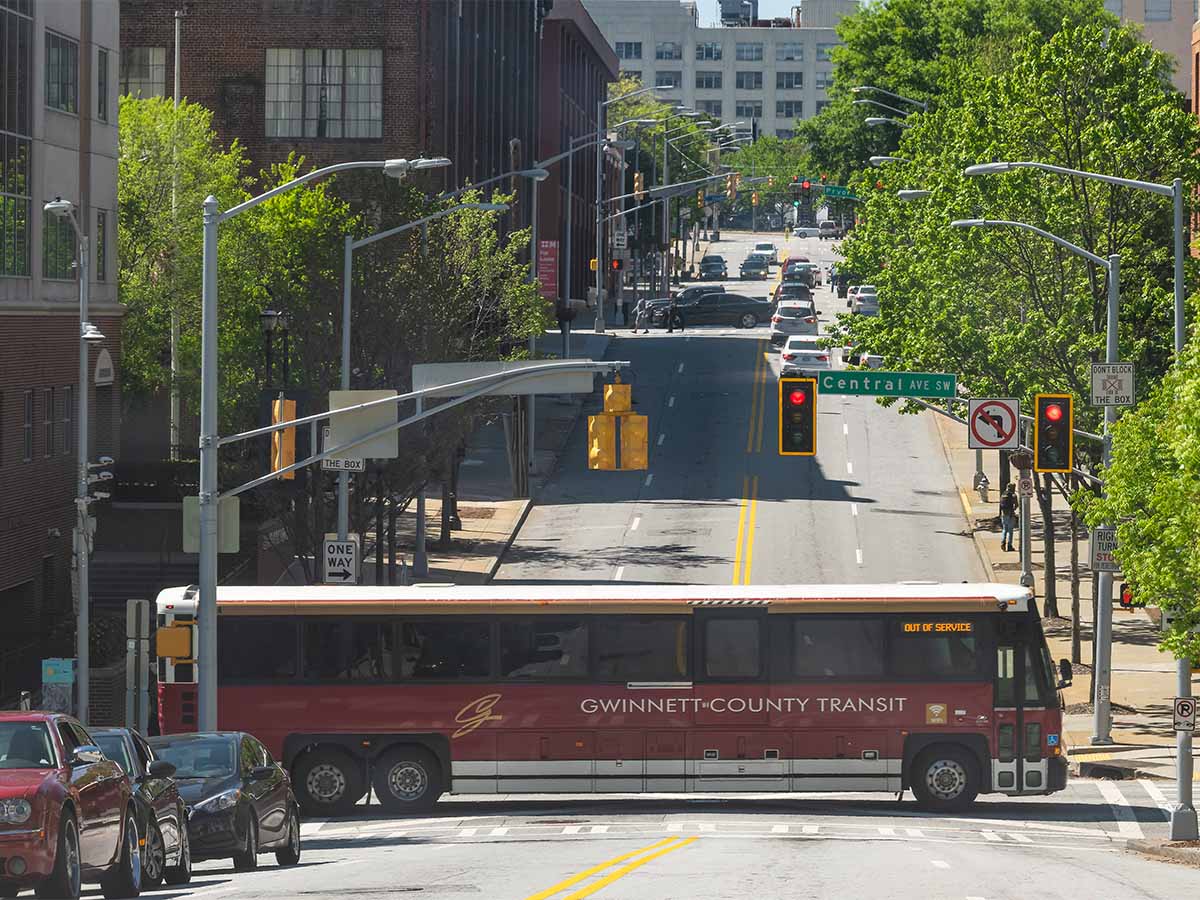
Georgia's seatbelt usage rate is subpar, at 89.3%, highlighting the importance of sustained efforts to educate motorists about the critical role of seatbelt usage in preventing injuries and saving lives on the road.
Georgia shows a troubling 39% of total fatalities where individuals were unrestrained.
Missouri
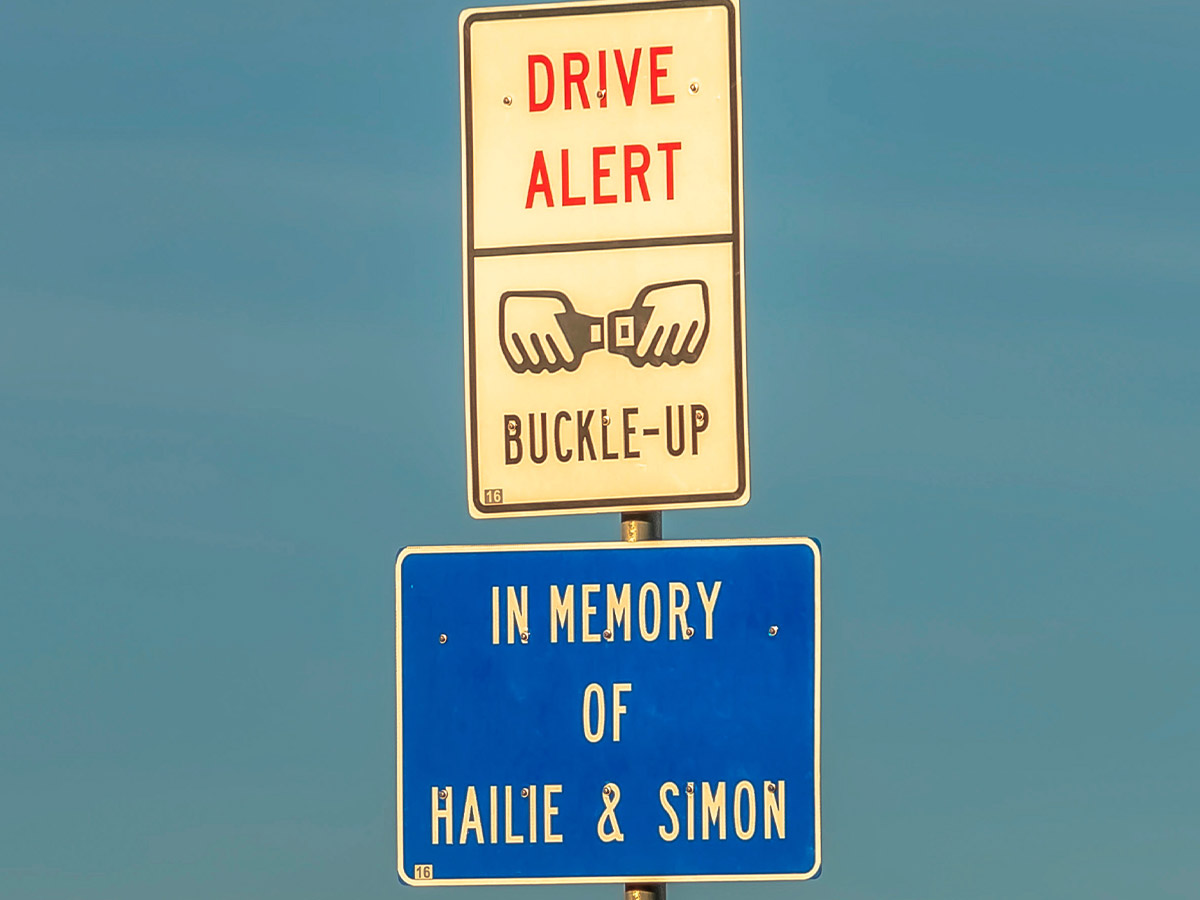
Missouri struggles with a seatbelt usage rate of 88.9%, emphasizing the need for comprehensive strategies to promote greater adherence to seatbelt safety regulations and mitigate the risk of traffic-related fatalities.
Missouri ranks among the worst states, with a staggering 59% of total fatalities involving unrestrained individuals.
Florida

Florida has a law requiring front-seat passengers only to buckle up. Unfortunately, that may not be doing much for rear-seat passengers as 42% of fatalities involved persons not buckled up.
Florida's seatbelt usage rate is disappointing, at 88.3%, signaling the need for targeted interventions and public awareness campaigns to address barriers to seatbelt compliance and reduce the incidence of preventable injuries and fatalities.
South Dakota
Idaho
Wisconsin
Kansas

Kansas ranks among the worst states, with a staggering 43% of total fatalities involving unrestrained individuals.
Kansas demonstrates poor seatbelt usage, with a rate of just 87.2%, calling attention to the need for targeted interventions and policy measures to promote greater adherence to seatbelt safety regulations.
Rhode Island

Rhode Island's seatbelt usage rate is subpar, at 87.1%, indicating opportunities for enhanced enforcement measures and educational campaigns to bolster seatbelt utilization and reduce the risk of fatalities.
Rhode Island reports a concerning 51% of total fatalities where individuals were unrestrained.
Arizona
Colorado
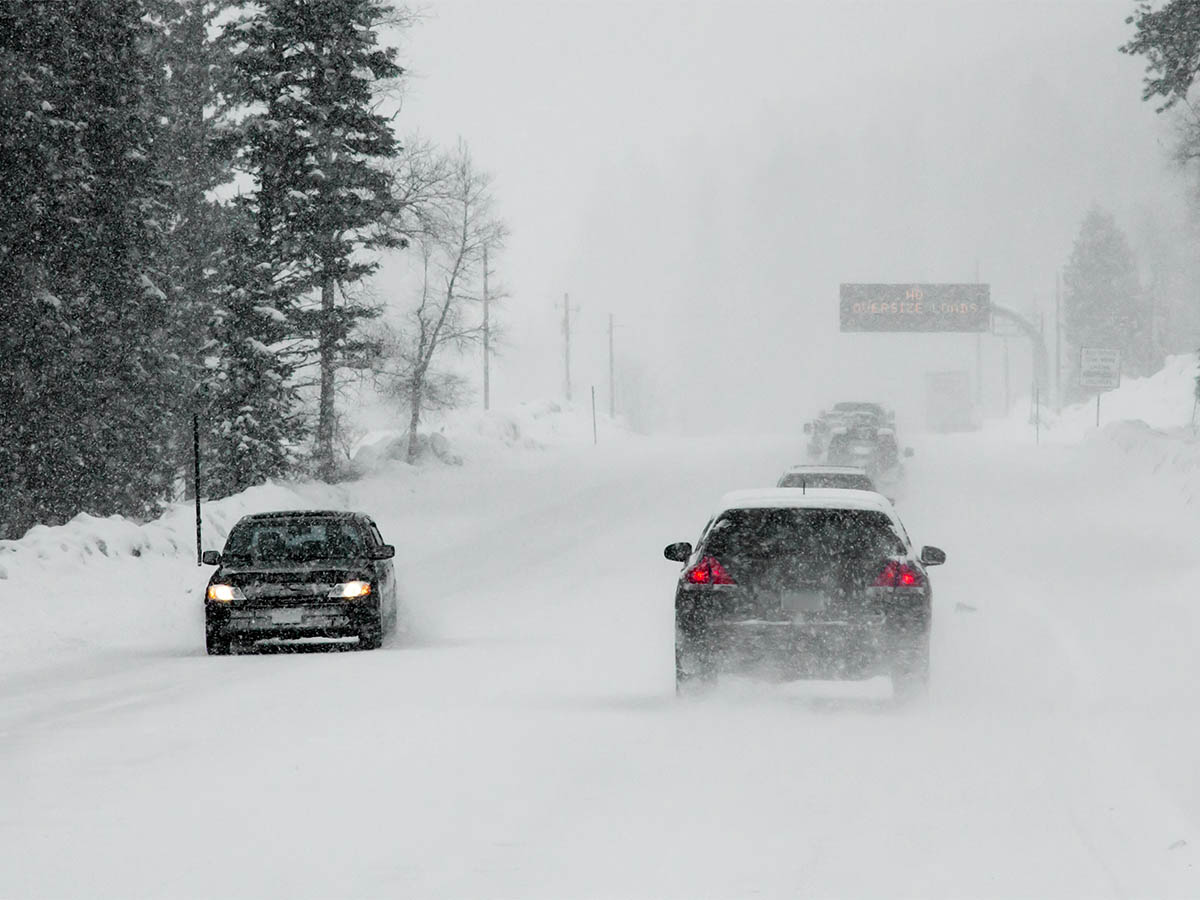
Colorado struggles with a disappointing seatbelt usage rate of 87%, demonstrating the importance of collaborative efforts between government agencies, law enforcement, and community stakeholders to address barriers to seatbelt usage.
Colorado demonstrates a worrying 51% of total fatalities attributed to unrestrained individuals.
Kentucky
Louisiana
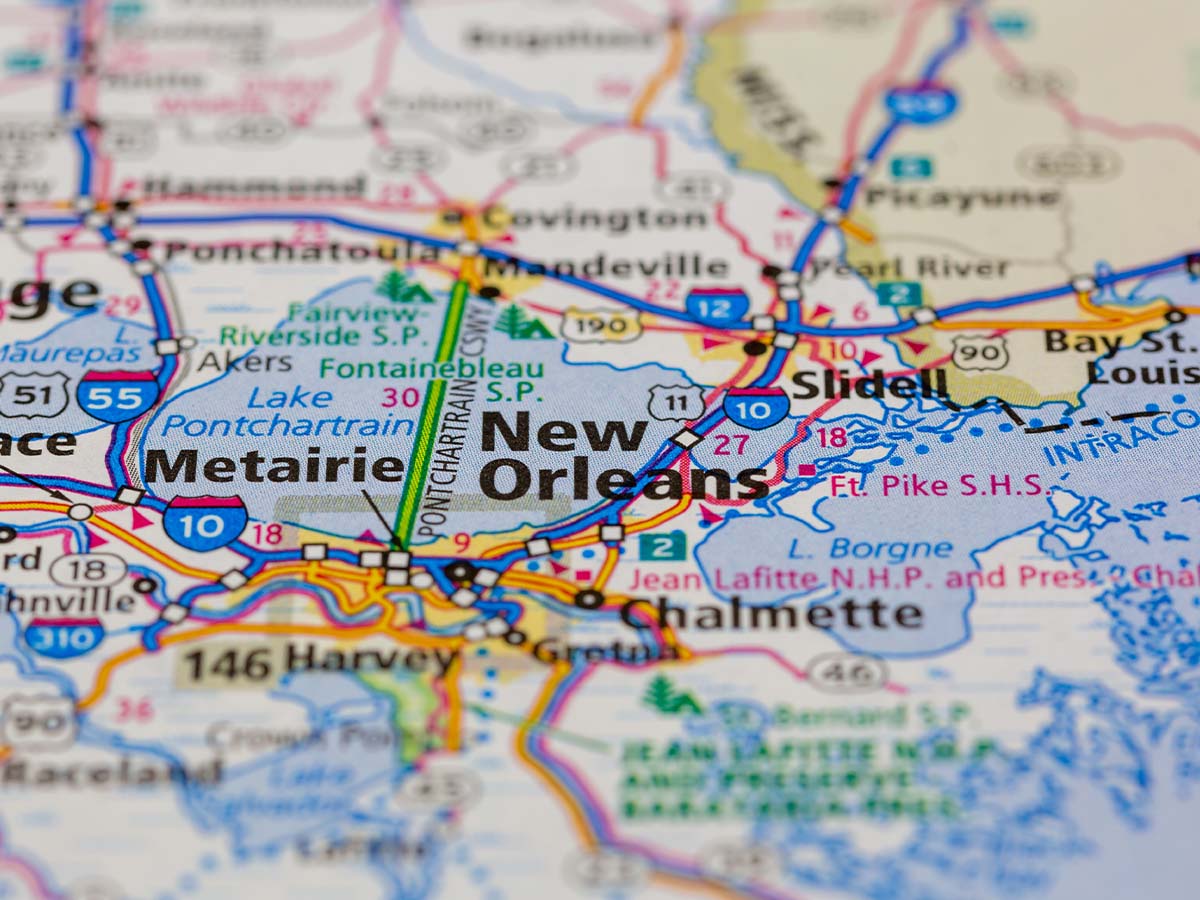
Louisiana ranks among the worst states for seatbelt use, with a staggering 51% of total fatalities involving unrestrained individuals.
Louisiana has a concerning seatbelt usage rate of 86.1%, indicating persistent challenges in achieving widespread adherence to seatbelt safety regulations despite ongoing efforts to promote awareness.
Ohio
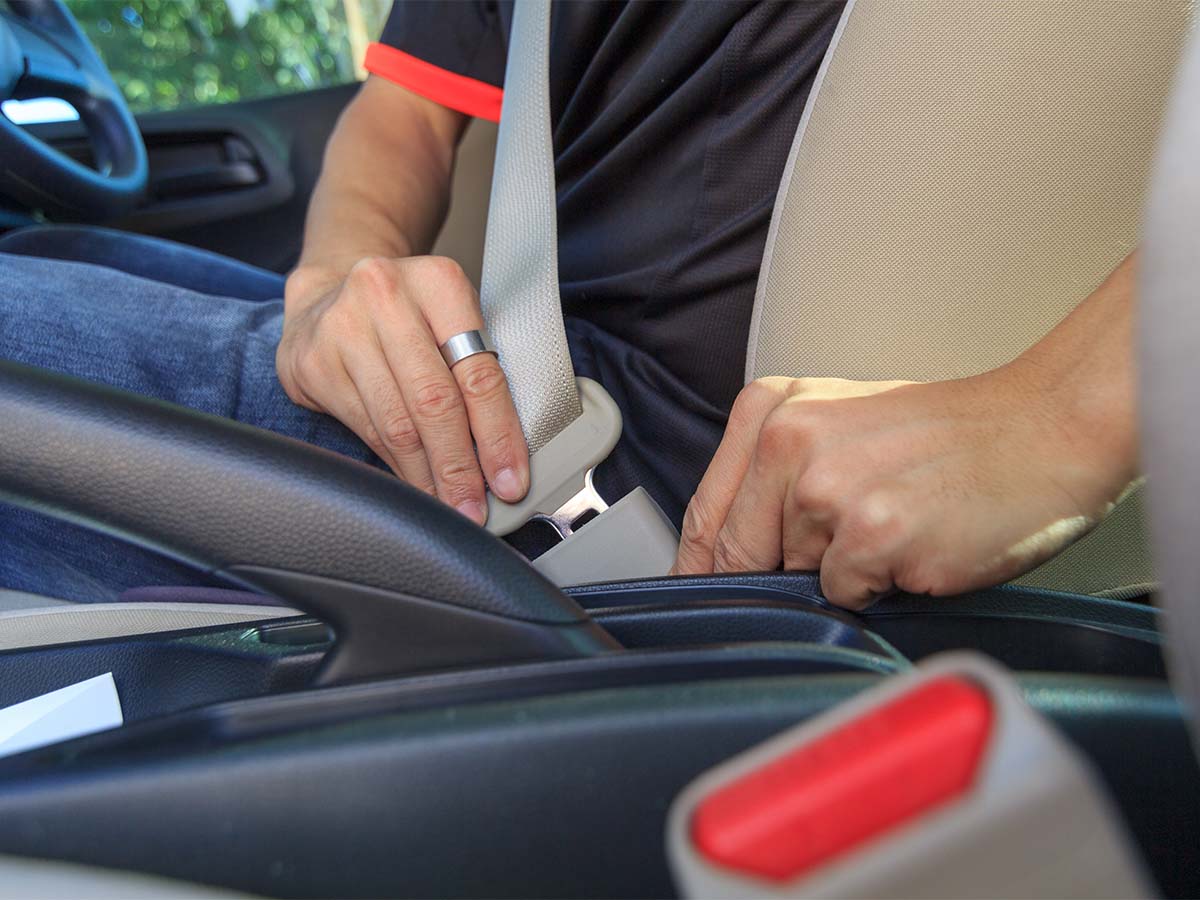
Making the top 10 worst states for buckling up, Ohio's seatbelt usage rate is lacking at 80.8%, highlighting the need to promote seatbelt safety across the state.
Ohio reports a concerning 48% of total fatalities attributed to unrestrained individuals. In the state, only front passengers are required to buckle – and that’s only as a secondary citation.
North Dakota
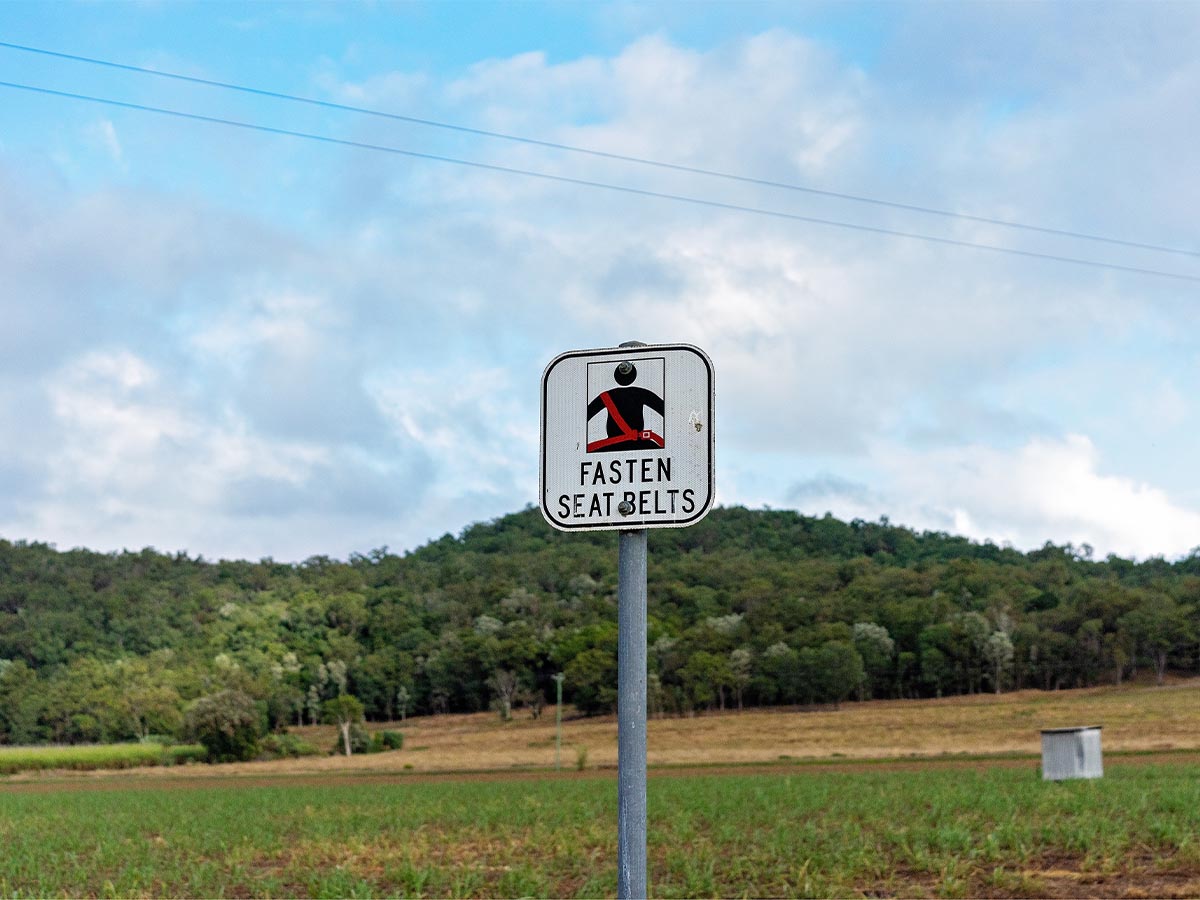
Coming in as the ninth worst state, North Dakota falls behind with a disappointing seatbelt usage rate of 80.6%, suggesting that multifaceted approaches are needed to address barriers to seatbelt compliance.
North Dakota exhibits a high percentage of 46% of total fatalities involving unrestrained individuals.
Oklahoma
Arkansas
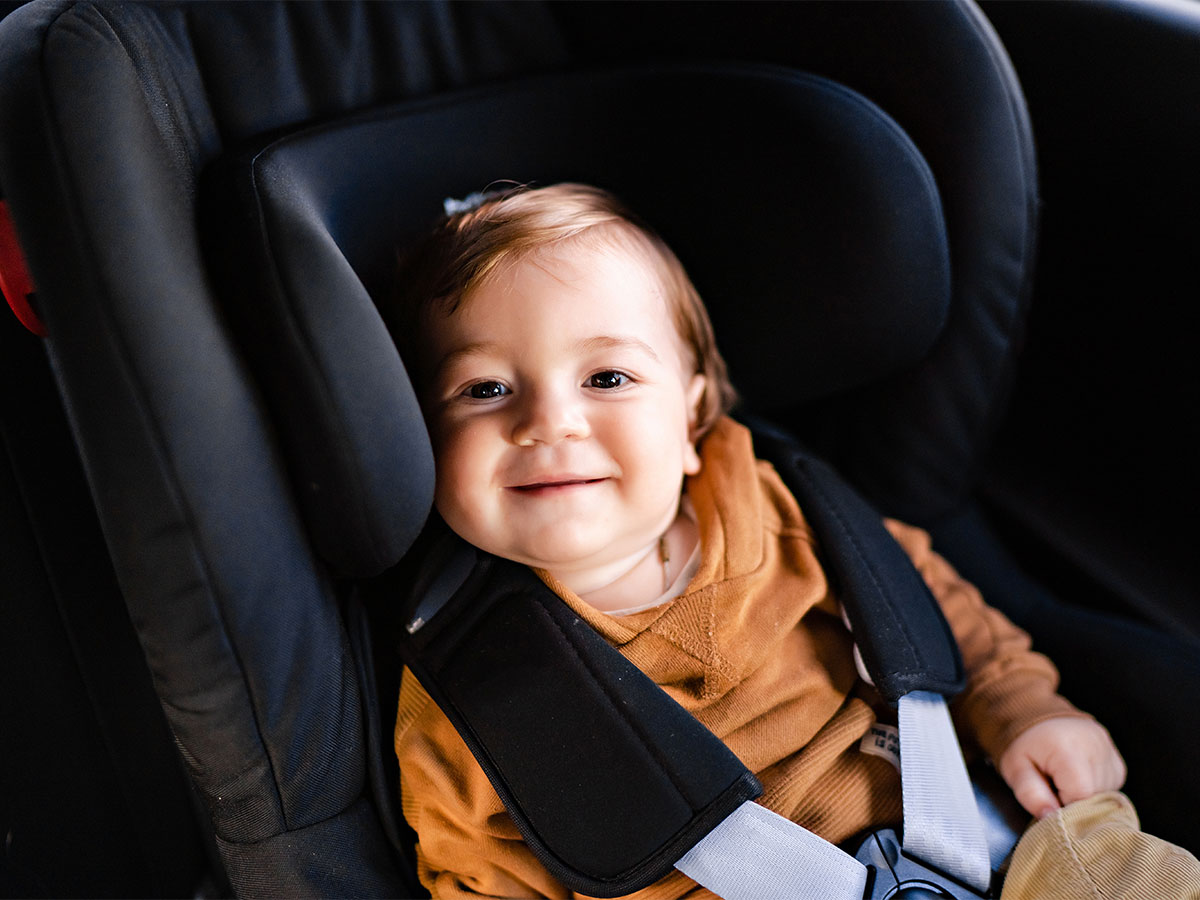
Arkansas demonstrates poor seatbelt usage, with a rate of just 79.1%, indicating gaps in enforcement and education efforts aimed at promoting seatbelt safety among residents.
Arkansas shows a concerning 47% of total fatalities attributed to unrestrained individuals. In the state, only front seats are required to buckle.
Mississippi
Wyoming
Massachusetts
Nebraska
New Hampshire
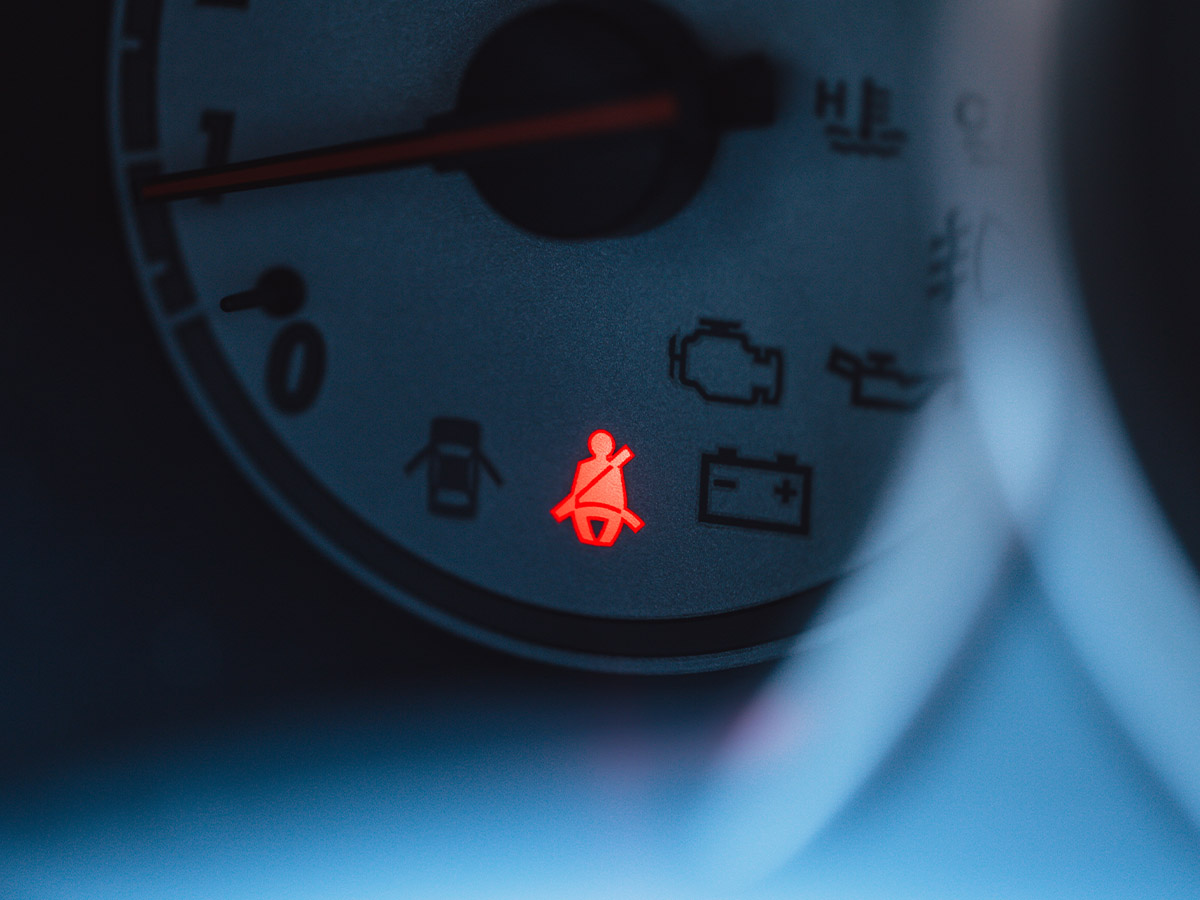
New Hampshire shows a concerning 62% of total fatalities where individuals were unrestrained. This is the highest percentage of fatalities where individuals were unrestrained in the entire country.
Interestingly, New Hampshire admitted to having a seatbelt problem, reporting a usage rate of just 75.7%. New Hampshire happens to be the only state without a seatbelt mandate of any kind. Ultimately, this proves the importance of seatbelt laws and education regarding seatbelt safety.
Virginia
 Author
James Stephens
Last Updated: April 25, 2024
Author
James Stephens
Last Updated: April 25, 2024
